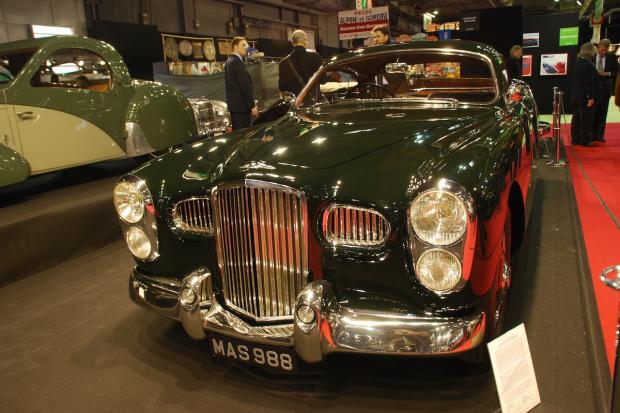
It's funny how tiny details can completely turn you off a car or make you fall head over heels for something otherwise utterly unassuming.
Ok, it would be a bit unfair to describe this Ford V8-powered Matford (below) as unassuming, but by way of example there is something about those delicate headlight covers that really bring it alive, making the meat-and-two-veg Mathis and Ford collaboration as stylishly alluring as a Figoni et Falaschi Delahaye 135.


While my head is exploding with thousands of styling details that I love or hate, there is one very specific detail, however, that I have never been able to decide whether I adore or abhor.
A decade or so ago, I even had a heated argument about it with a well-known product designer in a concours judging room.
This was back in the happy days when Louis Vuitton threw most of its marketing budget at the classic car world, before it discovered that it could spend much more money much more quickly by getting involved in the yachting world.


